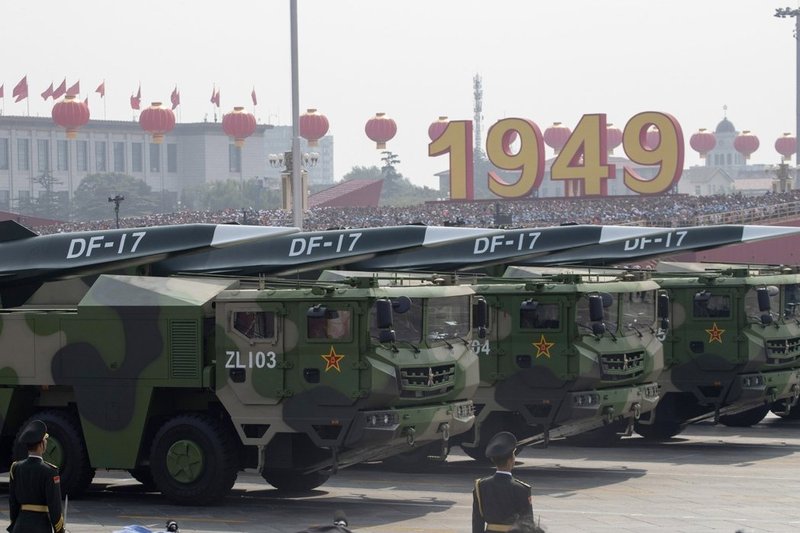
China’s September 3 Military Parade: A Smokescreen for Domestic Crisis and a Warning to America
Beijing is preparing an extravagant September 3rd military parade to mark the 80th anniversary of its victory in World War II. To the outside world, it looks like a carefully choreographed show of power: new stealth drones, “loyal wingman” unmanned aircraft, directed-energy weapons, and fleets of tanks and missiles rolling down Tiananmen Square. State media calls it proof of China’s strength and its “commitment to peace.”
But behind the fireworks and parading soldiers lies a darker truth. This event is less about honoring history and more about hiding the Chinese Communist Party’s (CCP) mounting failures at home. For Americans, it is a clear reminder that the regime pouring billions into military theatrics is the same regime threatening global stability while neglecting its own people.
China’s leadership wants the world to believe that the People’s Liberation Army (PLA) is unified, modernized, and unstoppable. The reality is that the parade is political theater designed to cover up growing cracks in the system.
This is the context in which the parade is staged. Tanks and drones are not about deterring foreign threats; they are about distracting citizens from the reality that life in China is getting harder, not better.
According to reporting from The Drive’s War Zone, leaked photos show that the parade will feature at least five new “loyal wingman” unmanned combat aircraft. These drones are designed to fly alongside fighter jets like the J-20 stealth fighter, acting as decoys, scouts, or weapons platforms.
Some designs closely resemble the U.S. Kratos XQ-58 Valkyrie, highlighting Beijing’s habit of copying Western defense technology. Others feature larger delta-wing frames, suggesting ambitions for long-range or heavy-payload missions. Together with hypersonic missiles and electronic warfare systems, the PLA wants to project an image of cutting-edge dominance.
But these systems aren’t being built for parades. They are intended to challenge U.S. forces in the Indo-Pacific, disrupt freedom of navigation, and intimidate democracies like Japan, South Korea, and Taiwan. For Americans, the takeaway is clear: every yuan Beijing spends on drones is an investment in countering U.S. alliances.
Ironically, while Beijing flaunts “unity” on parade day, its military has been rocked by corruption scandals and leadership purges. Rocket Force generals, a former defense minister, and entire procurement departments have been investigated or removed for fraud, bribery, and even fake missile parts.
The parade is meant to erase these scandals from public memory, projecting an illusion of strength and loyalty. But the very need for such displays underscores the fragility of Xi Jinping’s control over the armed forces.
This is not simply a domestic distraction for Beijing—it is an international warning sign.
For Americans, the danger is clear: China is willing to bankrupt its own people to expand its military reach. That same disregard for human cost makes it a threat far beyond its borders.
China’s September 3 parade will last just 70 minutes, but it will cost billions in preparation, security, and economic shutdowns. For the people of China, it is a reminder that the regime prioritizes image over livelihoods. For the United States, it is a reminder that the CCP’s ambitions are not ceremonial—they are strategic, directed at reshaping the balance of power in Asia.
As U.S. citizens watch the images broadcast from Tiananmen Square, the message is not one of confidence but of caution: a government that must rely on stage shows to prove its strength is not only insecure—it is dangerous.